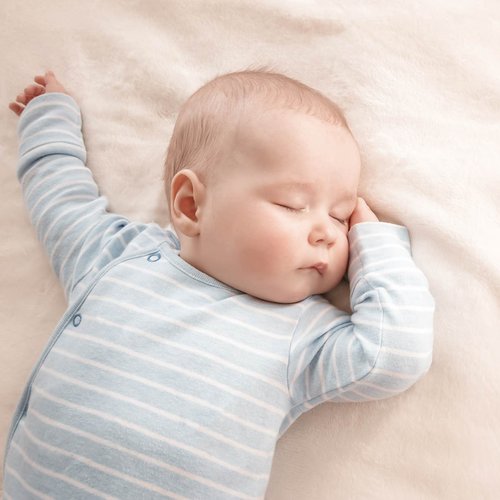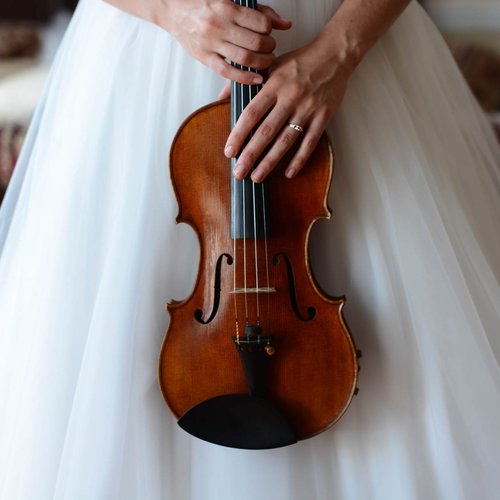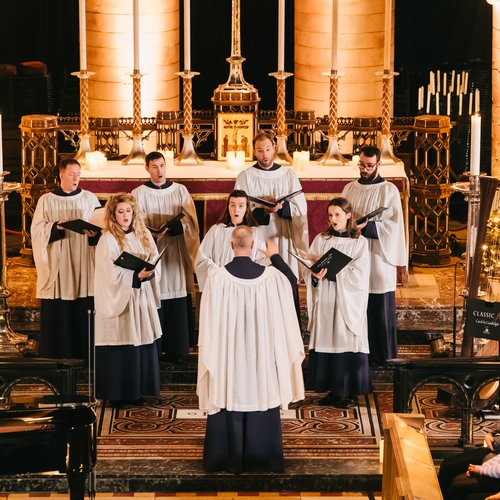Tutankhamun’s ‘cursed’ trumpet that stirs ‘deadly conflict’ has arrived in London
6 November 2019, 11:56 | Updated: 6 November 2019, 12:06
This delicate silver instrument, retrieved from the tomb of the 14th-century B.C. pharaoh, is the oldest known metal trumpet in existence... but it has a dark history.
In 1922, British archaeologist Howard Carter would make one of the most important discoveries of the 20th century.
While on an expedition in Egypt’s Valley of the Kings, he uncovered the burial chamber of King Tutankhamun, a 14th-century B.C. pharaoh whose lavish sarcophagus and mummy would spark a worldwide fascination with all things Ancient Egypt.
In King Tut’s tomb, Carter and his team also discovered a pair of ancient trumpets, one of sterling silver and one of bronze or copper, which hadn’t seen the light of day for over 3,000 years.
The military trumpets, used to rouse the Boy King and call his troops to battle, were surprisingly intricate and beautiful.
Read more: Get tickets for the Tutankhamun London Exhibition >
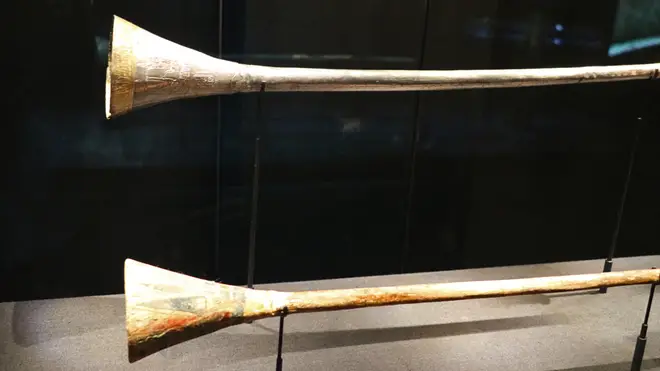
But 17 years later, they were nearly destroyed in a publicity stunt.
Rex Keating, a radio presenter and documentary maker, found out about the trumpets in 1939 – and decided it was time for the public to hear them.
He approached archaeologists, asking if he could use the instruments in a radio broadcast that would shine a light on the King Tut research.
They agreed, and it was decided that an expert trumpeter would help sound the trumpets for the first time in 3,000 years. It would be an historic radio broadcast... but for all the wrong reasons.
As the British Army bandsman improvised, it caused “ear-splitting discord” – the trumpets hadn’t been designed to play multiple notes.
In a final attempt to play the instrument, the musician placed a modern mouthpiece on the end, put the instrument to his lips, and it shattered.
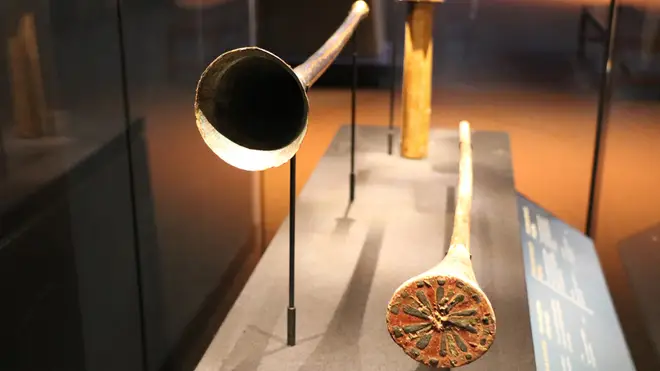
The instrument was repaired, and the bandsman reassigned.
James Tappern of the British Army took his place, and they tried again in a second broadcast. On a Spring day in 1939, some 150 million listeners tuned in to hear the trumpet sound, live from the Egyptian Museum.
Tappern used a modern mouthpiece, but this time the instrument didn’t break – and he played a haunting melody on both trumpets, which you can hear in the video above.
The silver trumpet, partly gilded and accompanied by a painted wooden core, had a ‘raucous and powerful’ timbre (according to musicologist Hans Hickman).
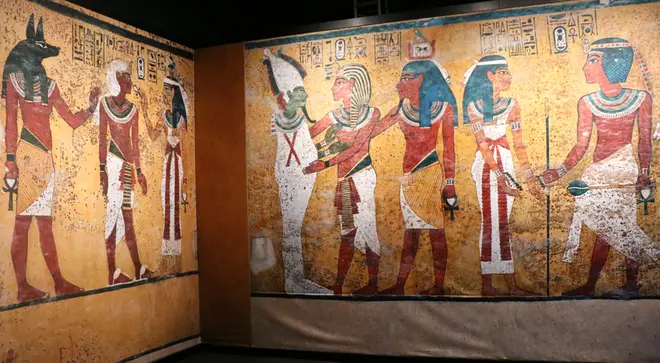
But it also appears to stir deadly conflict…
A few months after the radio broadcast featuring the two trumpets, Britain entered World War II.
The next time the silver trumpet sounded was in 1967, just prior to the Six-Day War between Egypt and Israel.
When it was played again in 1990, its sounding was followed by the outbreak of the Gulf War. And its most recent outing in 2011 was almost immediately followed by the Egyptian Revolution.
Be these coincidences or otherwise, they are enough to have cultivated plenty of superstition around the instrument and the silver trumpet will not be played again – it’s too fragile to be handled (and besides, it could trigger another war…).

Carter’s discovery sparked off a worldwide ‘Tutmania’
Before 1922, King Tutankhamun’s tomb had been untouched for 3,000 years, and the Boy King, who reigned from the ages of eight to 17, was unknown to the world.
And so, when the tomb was discovered, a global fascination with Ancient Egypt was born. Egyptian motifs began to appear on clothes, jewellery, on fabrics and in architecture.
There were even songs written about the Boy King – most notably, Harry Von Tilzer’s 1923 hit ‘Old King Tut’, sung by tenor Billy Jones and bass-baritone Ernest Hare.

"Old King Tut (In Old King Tutenkhamen's Day)" - Billy Jones & Ernest Hare (1923 Edison)
Where is the trumpet now?
The silver trumpet is currently displayed in Tutankhamun: Treasures of the Golden Pharaoh at the Saatchi Gallery, London, as part of an exhibition of more than 150 treasures from the pharaoh’s tomb.
After a world tour, the silver trumpet will eventually join its bronze-copper lookalike in Cairo, in the capital city’s new museum celebrating all things Ancient Egypt.
Tutankhamun: Treasures of the Golden Pharaoh presented by Viking Cruises is open at the Saatchi Gallery, London until 3 May 2020. For tickets, visit: www.tutankhamun-london.com




























